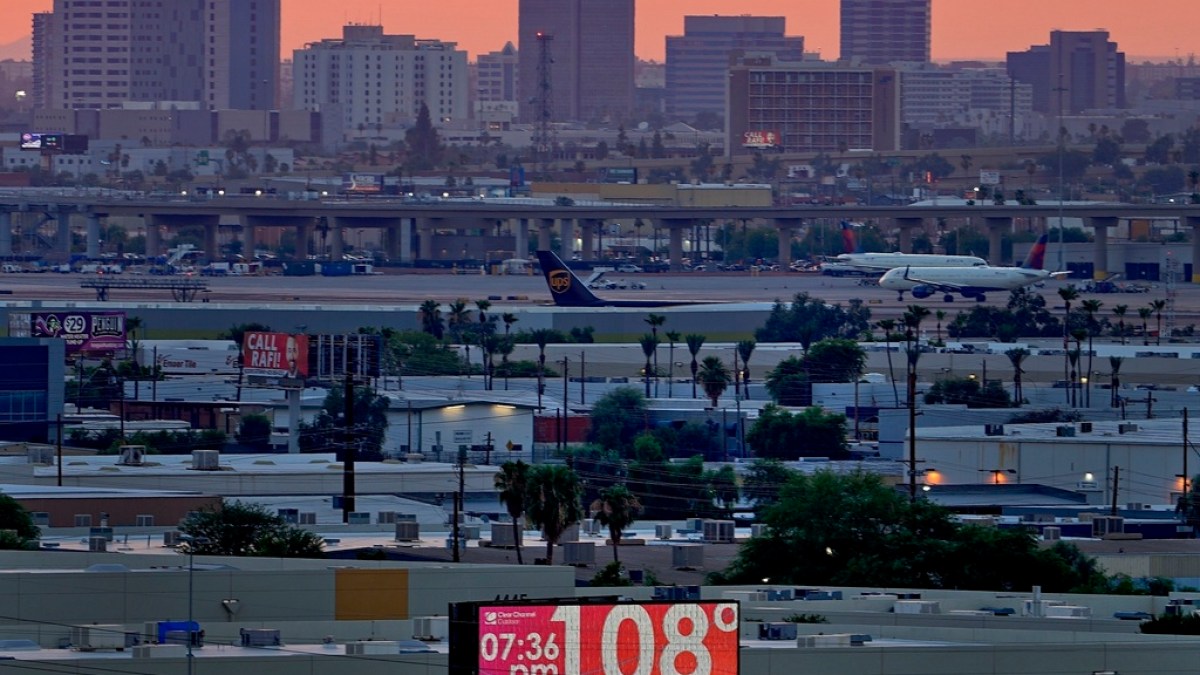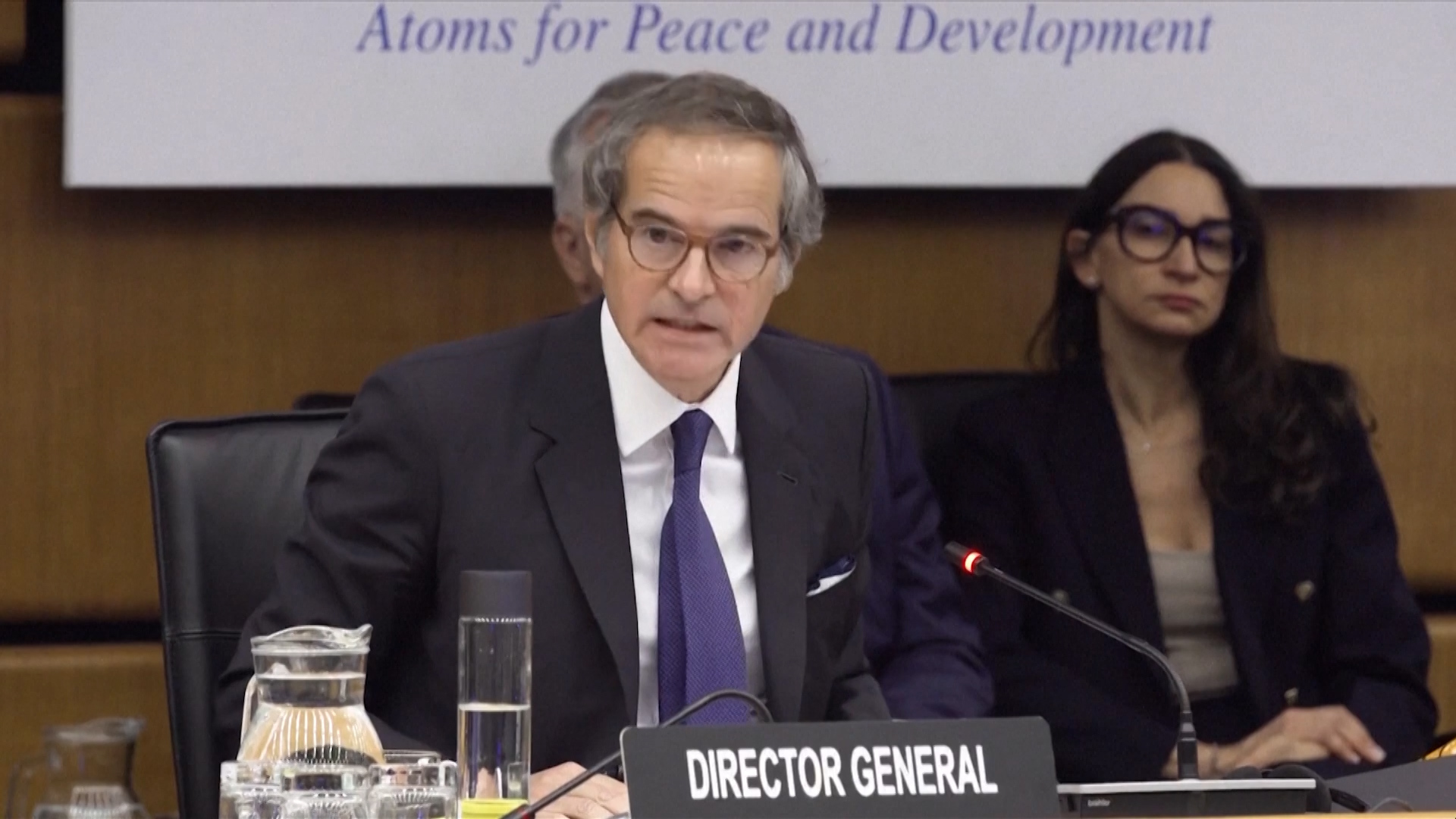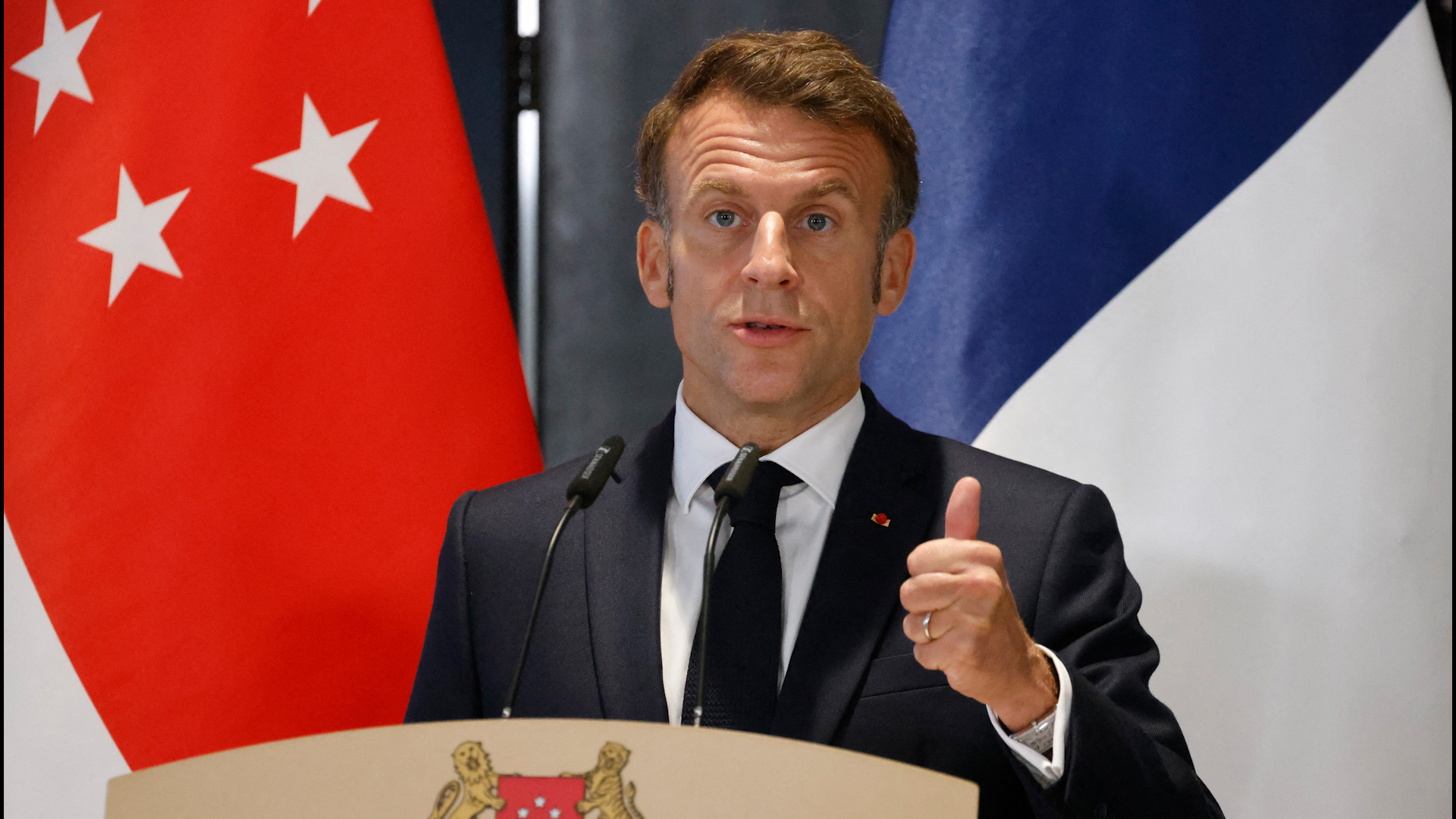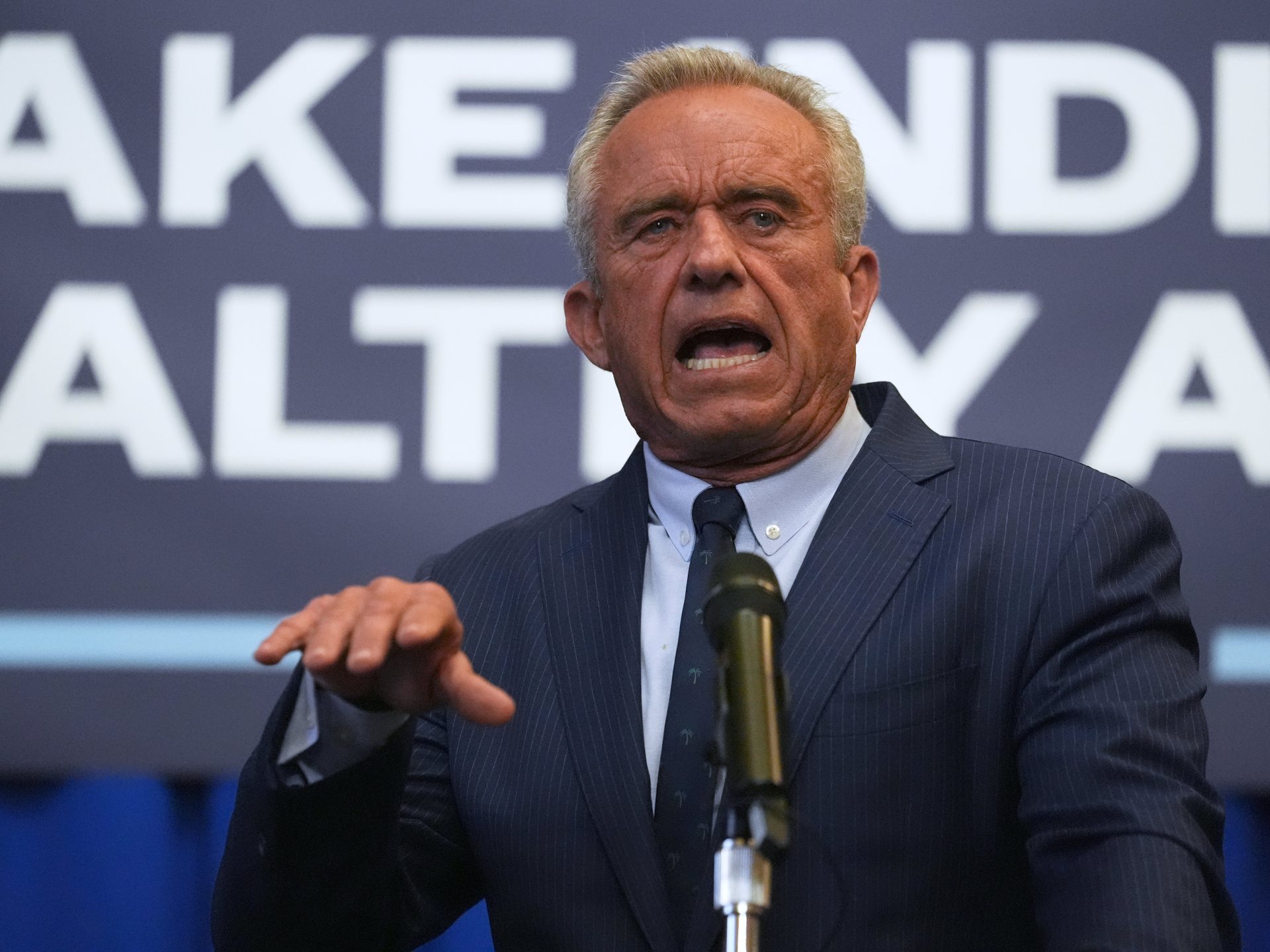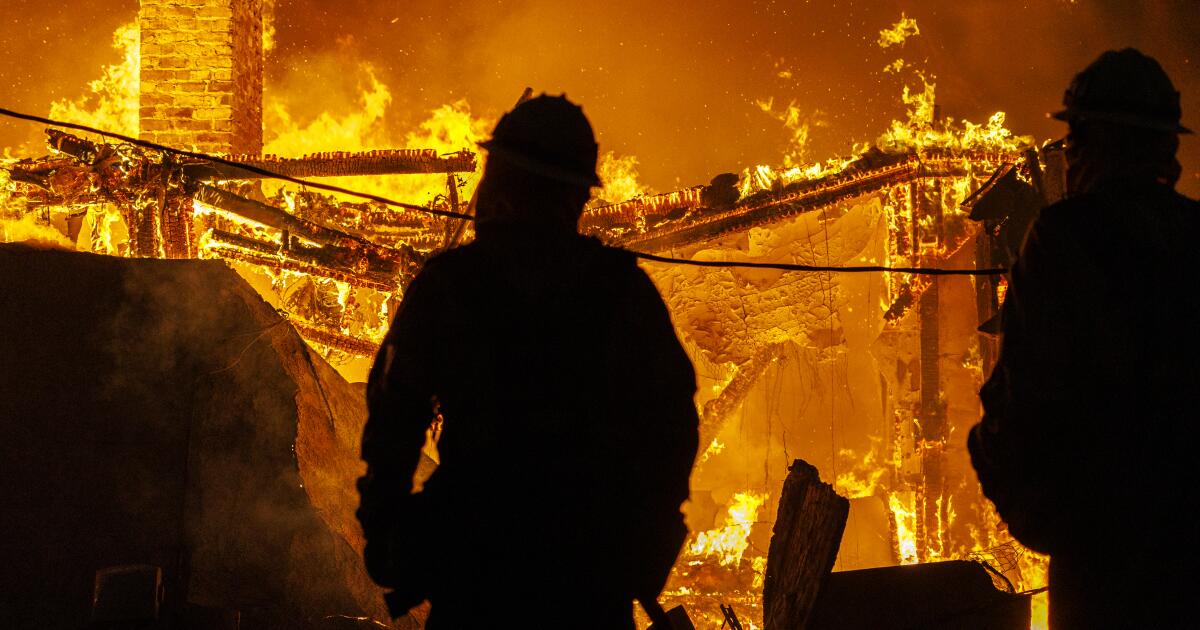In a one-minute video, US Health and Human Services Secretary Robert F Kennedy Jr revoked the Centers for Disease Control and Prevention’s recommendation that healthy children and healthy pregnant women be vaccinated for COVID-19, leaving some experts concerned and others unsure about the policy’s details.
Kennedy was joined in the video, posted on May 27 on X, by Food and Drug Administration Commissioner Marty Makary and National Institutes of Health Director Jay Bhattacharya.
Kennedy, who was tapped by President Donald Trump after a years-long embrace of vaccine conspiracy theories, did not make it clear whether he was referring to a recommendation for children or pregnant women getting vaccinated for the first time, for getting subsequent booster shots, or both. Days after the announcement, HHS’s website provided no clarity, saying, “COVID-19 vaccines are available to everyone 6 months and older. Getting vaccinated is the best way to help protect people from COVID-19.” A Centers for Disease Control and Prevention webpage dated January 7 – before Kennedy was secretary – provided a similar broad vaccine endorsement.
Some experts say the low rates of serious COVID-19 cases among children justify tightening the federal vaccine recommendation. Others say that the move will make it harder to get vaccinated and cause preventable serious illnesses.
Kennedy broke from norms by not waiting for the Centers for Disease Control and Prevention’s Advisory Committee on Immunization Practices to vote on vaccine guidance at a scheduled June meeting.
Recommending against vaccination for certain groups could make it harder for most children and pregnant women to get the shot, if insurers decide not to cover COVID-19 shots for those groups. Immunization rates are already low, with 13 percent of children and 14.4 percent of pregnant women up to date with the 2024-25 edition of the COVID-19 vaccine, the CDC found in late April.
We fact-checked the three federal health officials’ comments with health experts.
Kennedy said child vaccine boosters lacked clinical data
Kennedy said, “Last year, the Biden administration urged healthy children to get yet another COVID shot, despite the lack of any clinical data to support the repeat booster strategy in children.”
In recent years, the Advisory Committee on Immunization Practices – a group of outside experts that advises the CDC on who should be vaccinated and how often – has recommended annual boosters for healthy children who have already received COVID-19 vaccines.
The committee made this recommendation without also recommending that every annual iteration of the vaccine undergo new rounds of clinical trials before being used, said Dr William Schaffner, professor of preventive medicine at the Vanderbilt University Medical Center. (The vaccine had been approved by the FDA for safety and efficacy early in the pandemic.) The panel concluded that the coronavirus vaccine operated in the same way as the annual flu vaccine, which has not required repeated clinical trials, said Schaffner, a former committee member and current adviser.
The American Academy of Pediatrics and the American Academy of Family Physicians also recommended COVID-19 vaccinations for children and did not urge new clinical trials.
Kids generally don’t need the vaccination, FDA chief said
Makary said, “There’s no evidence healthy kids need” the vaccine.
This is disputed. Most children will not face serious illness from COVID-19, but a small fraction will. Experts draw different lines when deciding how widespread the vaccination programme needs to be, given this scale of risk.
During the 2024-25 COVID-19 season, children and adolescents age 17 and younger comprised about 4 percent of COVID-19-associated hospitalisations. The relatively small number of serious cases among children has driven the belief among some scientists that the universal vaccination recommendation is too broad.
However, among all children, rates of COVID-19-associated hospitalisations were highest among infants less than six months old.
“With 4 million new children born every year with no exposure to COVID, young children have rates of disease similar to the disease rates in people older than 65,” Schaffner said, citing a September 2024 article on the CDC’s website.
COVID-19 was among the top 10 causes of death in children during the worst of the pandemic between 2020 and 2022, said Tara C Smith, a Kent State University epidemiologist. “Though we may no longer be at that stage … we vaccinate for influenza, so why not continue to do so for COVID?”
Some doctors are concerned about the lingering syndrome known as long COVID, about which less is known, especially among children.
The outside advisory committees and the medical academies found this level of serious disease to be sufficient to recommend continued annual vaccinations.
Makary said this policy is similar to those in other countries
Makary was accurate when he said that “most countries have stopped recommending” routine COVID-19 vaccination for children.
“Many countries will only offer the COVID vaccine to children if they have underlying health conditions or are immunocompromised,” said Brooke Nichols, a Boston University associate professor of global health.
Makary co-wrote a May 20 article that included a list of booster recommendations in Canada, Europe and Australia. It said in most countries, the recommendation was to vaccinate older people or those at high risk.
Most countries have taken this course, Schaffner said, because “by now, 95 percent of us have had experience with COVID, either through the vaccine or through illness or both. And second, the current variants are thought to be much milder than some of the earlier variants.”
The World Health Organization in 2024 recommended the COVID-19 vaccine for children with health risks who had never been vaccinated. For children and adolescents who had previously been vaccinated, it did not routinely recommend revaccination.
The European Medicines Agency recommended the BioNtech Pfizer vaccine for children over the age of five years and said the use of the vaccine for children is effective and safe. Euronews reported that the agency issued its recommendation in November 2021 and later recommended the Moderna vaccine for children ages 12 to 17.
In the United Kingdom, “only older people or those with specific diseases or illnesses making them susceptible to severe COVID were recommended to get boosters, and as a result, uptake in those groups was actually higher than in the US,” where outreach and advertising for the vaccinations focused on children as well as older people, said Babak Javid, an associate professor in the division of experimental medicine at the University of California-San Francisco.
The New York Times found that in Europe “many countries do not recommend the vaccines for healthy children under 5, but the shots are approved for everyone 6 months and older,” meaning that they can be safely used by anyone who’s at least six months old.
Doctors say the vaccine protects pregnant women
Experts disagreed with Kennedy’s recommendation against vaccinating pregnant women, saying the vaccine protects pregnant women and their infants.
Steven J Fleischman, American College of Obstetricians and Gynecologists president, said, “It is very clear that COVID-19 infection during pregnancy can be catastrophic and lead to major disability, and it can cause devastating consequences for families. In fact, growing evidence shows just how much vaccination during pregnancy protects the infant after birth, with the vast majority of hospitalised infants less than six months of age – those who are not yet eligible for vaccination – born to unvaccinated mothers.”
After a vaccination, antibodies reach the fetus. The doctors’ group said there is no evidence the vaccine creates adverse effects for either mother or the fetus, although fever or pain at the injection site are possible.
The federal government in May provided conflicting information about the vaccine and pregnancy.
In Makary’s May 20 article, he and his co-author included pregnancy on the CDC’s 2025 list of underlying medical conditions that increase the risk of severe COVID-19.
“They literally contradicted themselves over the course of a couple of days,” said Dr Peter Hotez, Texas Children’s Hospital Center for Vaccine Development co-director. “It appears RFK Jr reversed his own FDA’s decision.”
Following the May 27 video announcement, Makary told NBC that the decision about vaccination should be between a pregnant woman and her doctor.
A 2024 review of 67 studies found that fully vaccinated pregnant women had a 61 percent lower likelihood of a COVID-19 infection during pregnancy.
What’s next?
In its June meeting, the Advisory Committee on Immunization Practices might move towards less sweeping recommendations for vaccinating children, closer to those that Kennedy enacted.
“If you listened to the discussions in the most recent previous meeting, they very much seemed to be moving in a more targeted approach,” Schaffner said.
The question of pregnant women may be one where the advisory committees may recommend more flexibility with vaccine usage than what Kennedy’s video statement seems to suggest, Schaffner said.
Other areas where the panels could back greater flexibility could be for otherwise healthy people who serve as caregivers or who live with more vulnerable people who are advanced in age or are immunocompromised.
